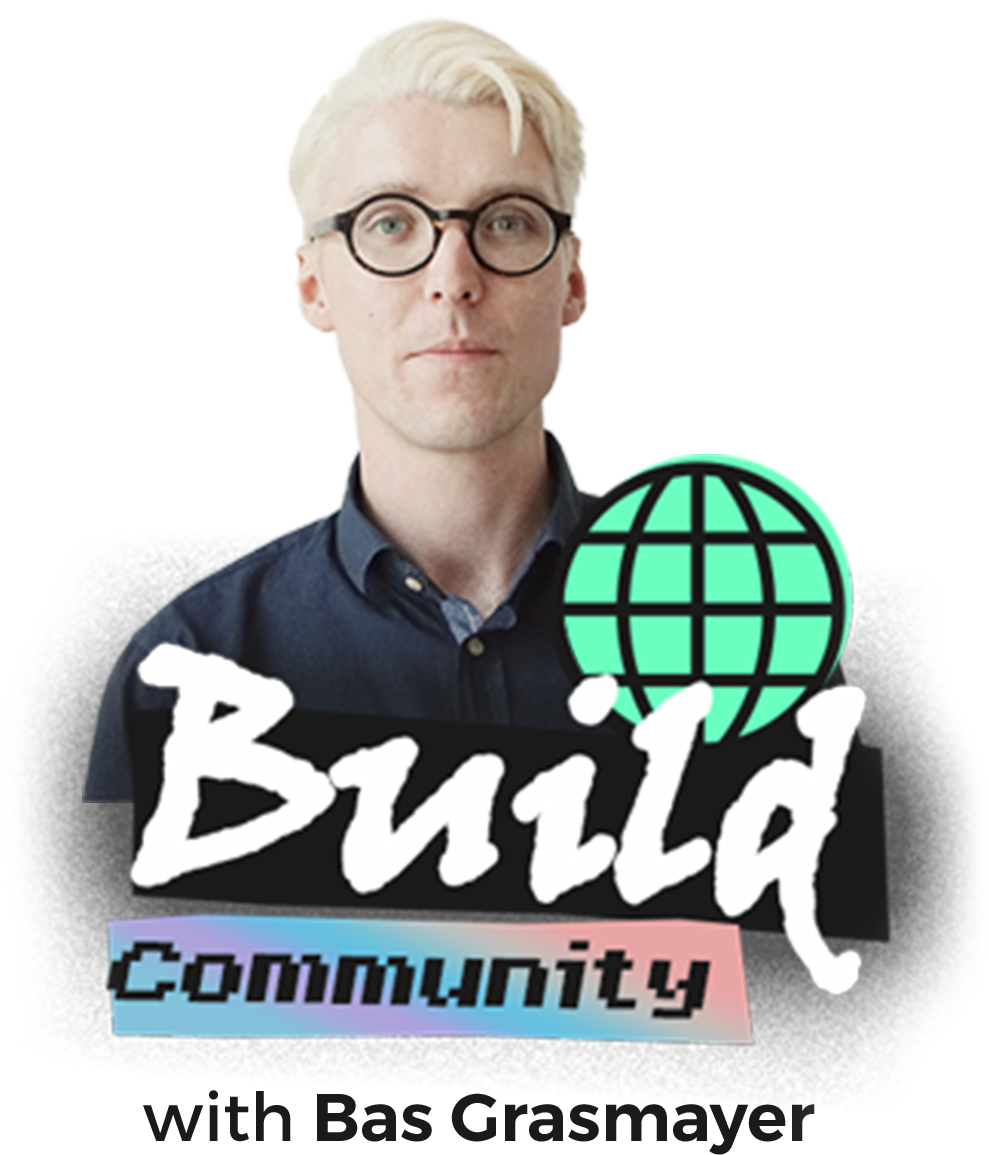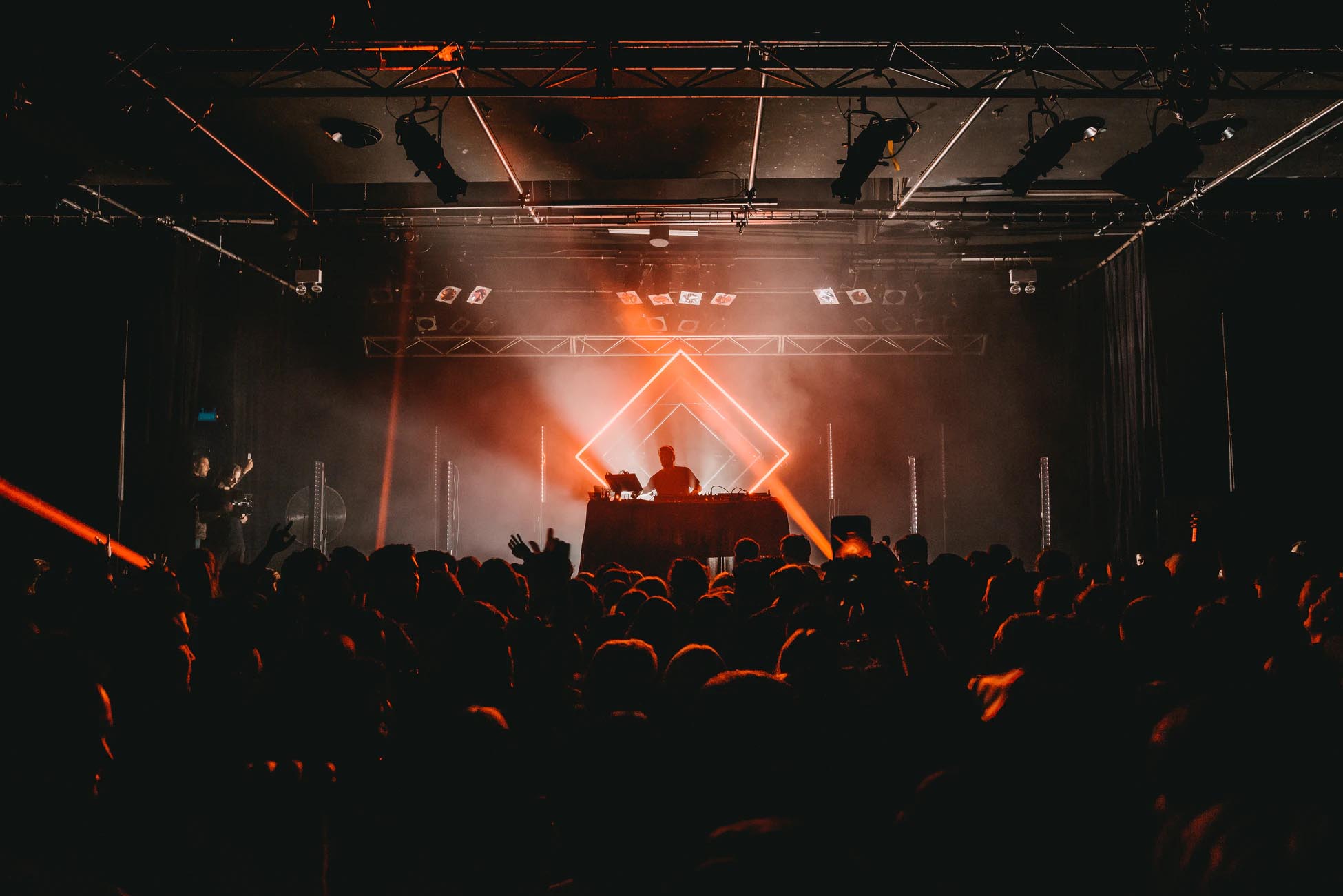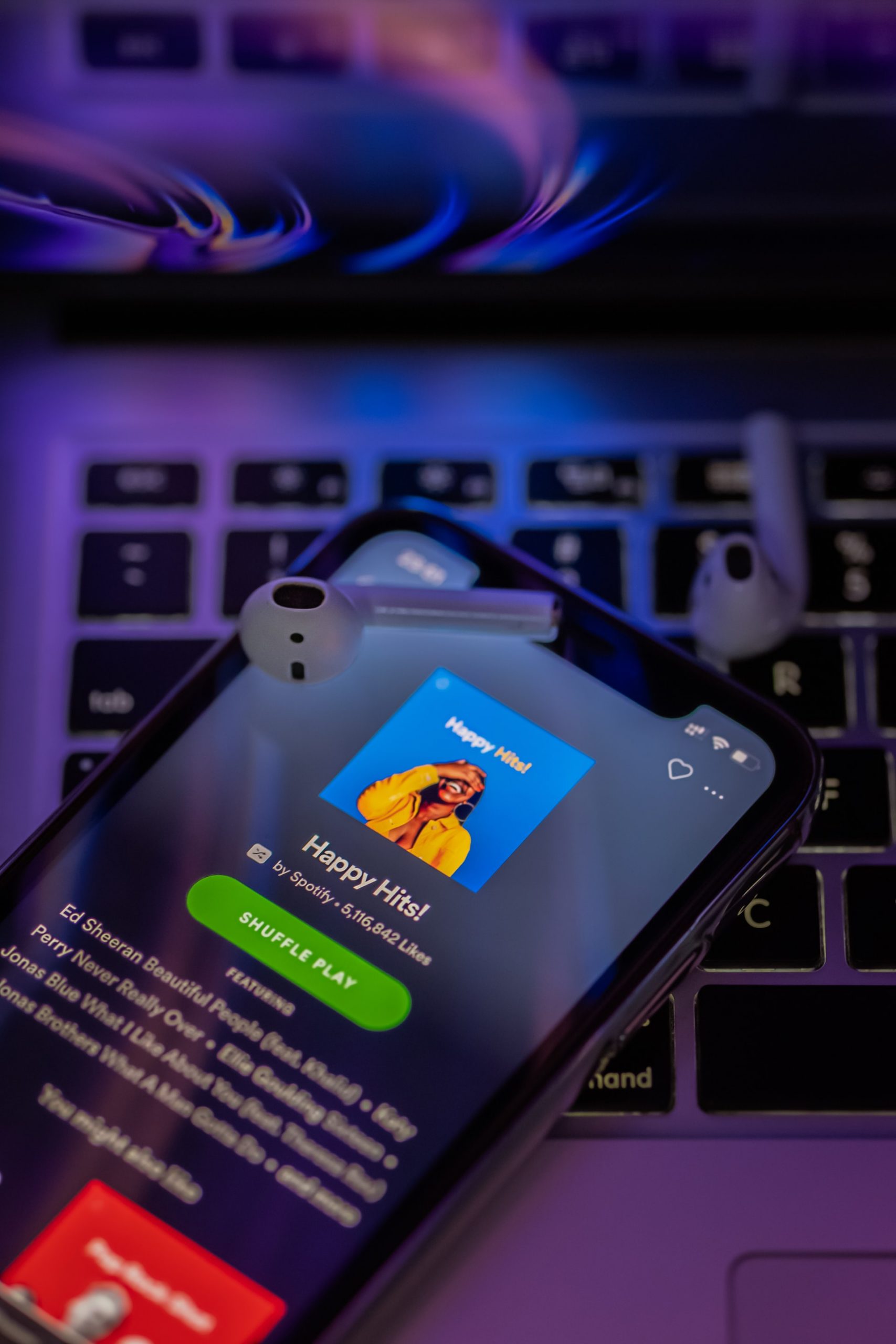Retention: The Most Underrated Concept For Artist Strategy

Being an artist means building a profile. That means making a name for yourself through collaborations, expanding your catalogue, scoring gigs, and of course maintaining an online presence.
How do you turn this online presence, which can often feel tedious to maintain, into something from which new opportunities can emerge, specifically tailored to you?
Building an artist strategy: The principles of attention
Let’s start with some principles first.
- Money follows attention. Without attention, there is no business model.
- Attention is the scarcest good on the internet. We live in a culture of distraction where everyone is competing for attention. This has a lot to do with the ad-based models underpinning much of the internet (more eyeballs = more money). It’s also the model that underpins streaming royalties (simplified: more plays = more royalties).
- The modern web is a landscape of filters. Oftentimes, it’s algorithms that decide what people see in a given moment.
- Tired: How do I get someone’s attention? Wired: how do I get someone’s attention repeatedly?
Startups commonly refer to that last concept as ‘retention’ and it’s the key to most successful internet-based business models.
Understanding retention
The question for artists is: how do you retain your fans? Most popular social media platforms’ algorithms will downrank you when fans don’t regularly interact with you. Even if they follow you, it’s unlikely you’ll show up at the top of their feed if they never interact with you. So on social media retention is not just getting a follow, but also maintaining fans’ attention, so you don’t drop off into that void of accounts people follow, but never actually see content of. Retention then means whether people stay engaged with you over time.
Attention, Retention, Referral, Revenue – a funnel
An easy framework every artist should know is ARRR*:
- First you get someone’s attention.
- Then you retain that attention over time.
- Then you get them to refer you to their friends.
- And then you get revenue, e.g. through purchasing merch, access to a membership plan on Patreon, a ticket to a show, etc.
It’s important to think about the above as a funnel. In the first step, you have 100% of people, but you’re not going to hold everyone’s attention forever, so at the retention step you maybe only keep 50% of all people. The same for the next levels. To build a sustainable business as an artist, your goal is ultimately to get a large enough group of fans involved with you on the revenue level, so that you can support yourself.
It should be noted that the above steps are typically difficult to measure for artists, because your audience tends to be split over various platforms, most of which aren’t super transparent with the data you need. The best way to measure these things is through media where you can add your own analytics, like a website or newsletter, but that’s a topic for another post. What’s important for the rest of this post is that you keep the above framework in mind. The game is: how do you get as many people from step 1 to step 4 as possible?
- I’ve slightly modified this from a common framework for growth hacking called AARRR, which is a bit more complex and more dependent on measurability.
Retention is the engine of your funnel
As you may have realized, people won’t just tell a friend about your music once, buy a thing, and then they’re gone. Rather, each of these steps indicates a level of intensity for the relationship you have with a fan.
As long as you can retain people’s attention, you can identify new opportunities for referrals and revenue. Simply put: if someone isn’t checking your music, they’re probably not going to tell their friend about your new song or buy the latest merch.
The three interlinked components of retention are:
- Consistency
- Relevance
- Community
Let’s look at each one.
Consistency
It’s much better to post regularly than to post in bursts and then stay silent for ages. The same for releasing music. Figure out weekly things that you can do for your followers. For example a playlist you update once a week, so people have new music to check out, a weekly quiz on Instagram, or a Friday livestream to help people celebrate the weekend.
By creating engaging moments for people to check in with you, you tap into something powerful: habit. As a writer, I used to send my newsletter out every Monday at 4pm sharp. The first time it got delayed, I heard from readers who apparently were grabbing a coffee and refreshing their inboxes as they’d created a habit around it. Some of these people later went on to become Patreon supporters.
Relevance
Don’t spam people. You might think: cool, I’m going to post something for my fans every morning, but if your content doesn’t resonate with them it’s just noise. They won’t engage and over time, you’ll disappear from their feeds.
Instead, consider the reasons why people follow you, what they’re into besides your music, and post things that resonate with that reason. Of course, for career longevity, don’t compromise on what you find important, but focus on it so that people know roughly what to expect when they’re following you.
Community
The key to staying consistent and relevant is building community. You’re not just building a base of followers for you to broadcast to. You should consider yourself part of the same community as your fans. A great social media strategy looks more like a conversation, rather than just throwing stuff over the fence and hoping it works out. It shouldn’t just be the community engaging with you, but you should be interacting with the community yourself. In its simplest form, that means following fans back, liking their posts, highlighting awesome creatives in your community, etc. But you can take this a lot further through Discord communities or paid fan clubs on Patreon or YouTube.
The better your relation with your fanbase, the better your understanding will be of what you might be able to offer them that’s so valuable they’ll pay for it or at the very least talk about it.
Retention, Insight, Opportunity
By maintaining this relationship with your community, you’ll be able to hold people’s attention over time. Since retaining attention means you’re in conversation with your community, you’ll develop better insights into who they are and what they want. Consistency doesn’t just cause your community to build habits around you; it also provides you with feedback or insight at regular intervals. Through these insights, you’ll be able to spot better opportunities: whether that’s things to make and sell, partnerships or collaborations, or simply inspiration for the next track to make your people go wild.






